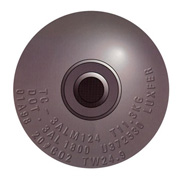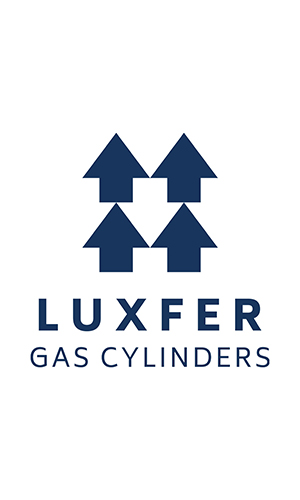US +1800 764 0366 | Europe & Middle East +44 (0)115 980 3800 | Asia-Pacific: +61 2 7227 5369
Support item:
Aluminum cylinder serial numbers and markings
Mark and explanation
- TC or CTC = Transport Canada
- 3ALM = Aluminum specification (Canada)
- 124 = Service pressure (bar)
- T11.3KG = Tare weight (Kilograms)
Mark and explanation
- DOT = US Department of Transportation
- 3AL = Aluminum specification (USA)
- 1800 = Service pressure (psi)
- U372530 = Serial number
- Luxfer or M#### = Manufacturing plant identifier
Mark and explanation
- 01 = Month of manufacture
- A = Mark of independent inspector
- 98 = Year of manufacture
- 20#CO2 = CO2 capacity
- TW24.9 = Tare wight (lbs)
Stamping layouts have changed slightly over the years. If in doubt, please contact customer service.




